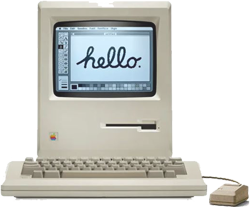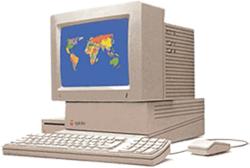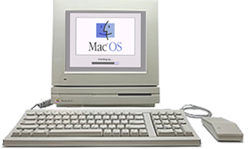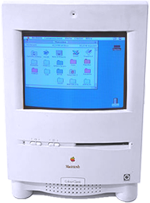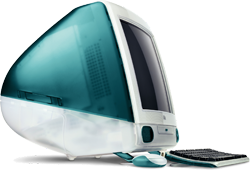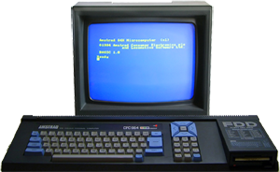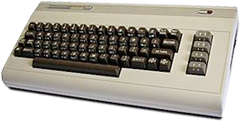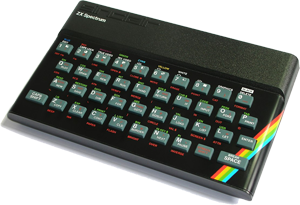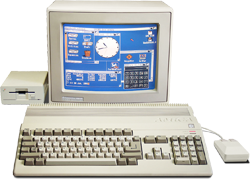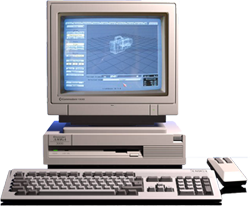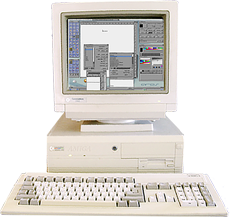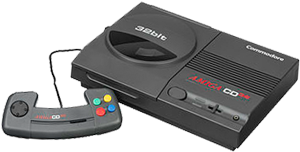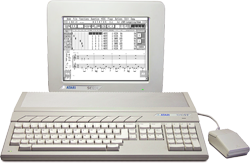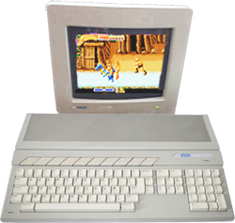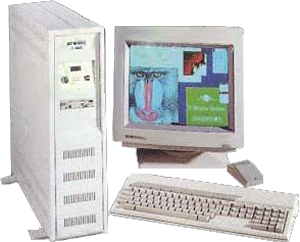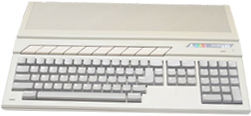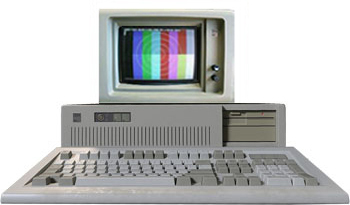The Power of Vintage
FM Towns
FM Towns -The Japanese Multimedia PC

Fujitsu manufactured the FM Towns from 1989 to 1997. It was an innovative Japanese multimedia computer built around Intel x86 processors and featuring one of the world's first CD-ROM drives as standard. It stood out with advanced audio-visual capabilities reminiscent of arcade machines.
-
Approximately 500,000 units were sold
-
Original launch price: 338,000 yen (~$3,000 in 2023)
About
About BinaryValue.com -A Tribute to Innovative Computers and the Engineers Behind Them
BinaryValue.com is a tribute to the groundbreaking computers of the past and the brilliant minds who made them possible. This site honors the visionaries who worked tirelessly to design the computer systems that changed the world.

Special thanks go to:
- Tim Berners-Lee – Creator of the World Wide Web, and to CERN for freely sharing this world-changing invention
- Linus Torvalds – Principal developer of the Linux kernel. Without him, building and hosting the modern web would be a luxury reserved for a few
- Jay Glenn Miner – Father of the Amiga, and key engineer behind the Atari 2600 and 8-bit family
- Dave Haynie – Chief engineer at Commodore International, and a vital force in Amiga's evolution
- Sir Clive Sinclair – Inventor of the ZX Spectrum, who brought computing to millions
- Steve Wozniak – The technical genius behind Apple’s early computers
Alto
Xerox Alto — The Grandfather of Modern Computing
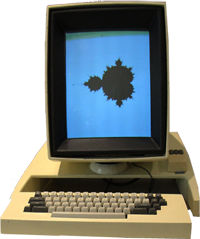
Developed in 1972 and released in March 1973, the Xerox Alto was a groundbreaking machine created at Xerox PARC (Palo Alto Research Center). Though never sold commercially, it became the foundation for many technologies we now take for granted in personal computing. The Alto introduced the world’s first graphical user interface (GUI), Ethernet networking, optical mouse, high-resolution bitmapped display, and was also the first system to use a laser printer—another innovation from Xerox.
Originally designed as a research prototype, the Alto was deployed across universities and Xerox facilities, paving the way for modern user-centric computing.
- Only 120 Alto I units and around 2,000 Alto II units were built
Page 10 of 10








